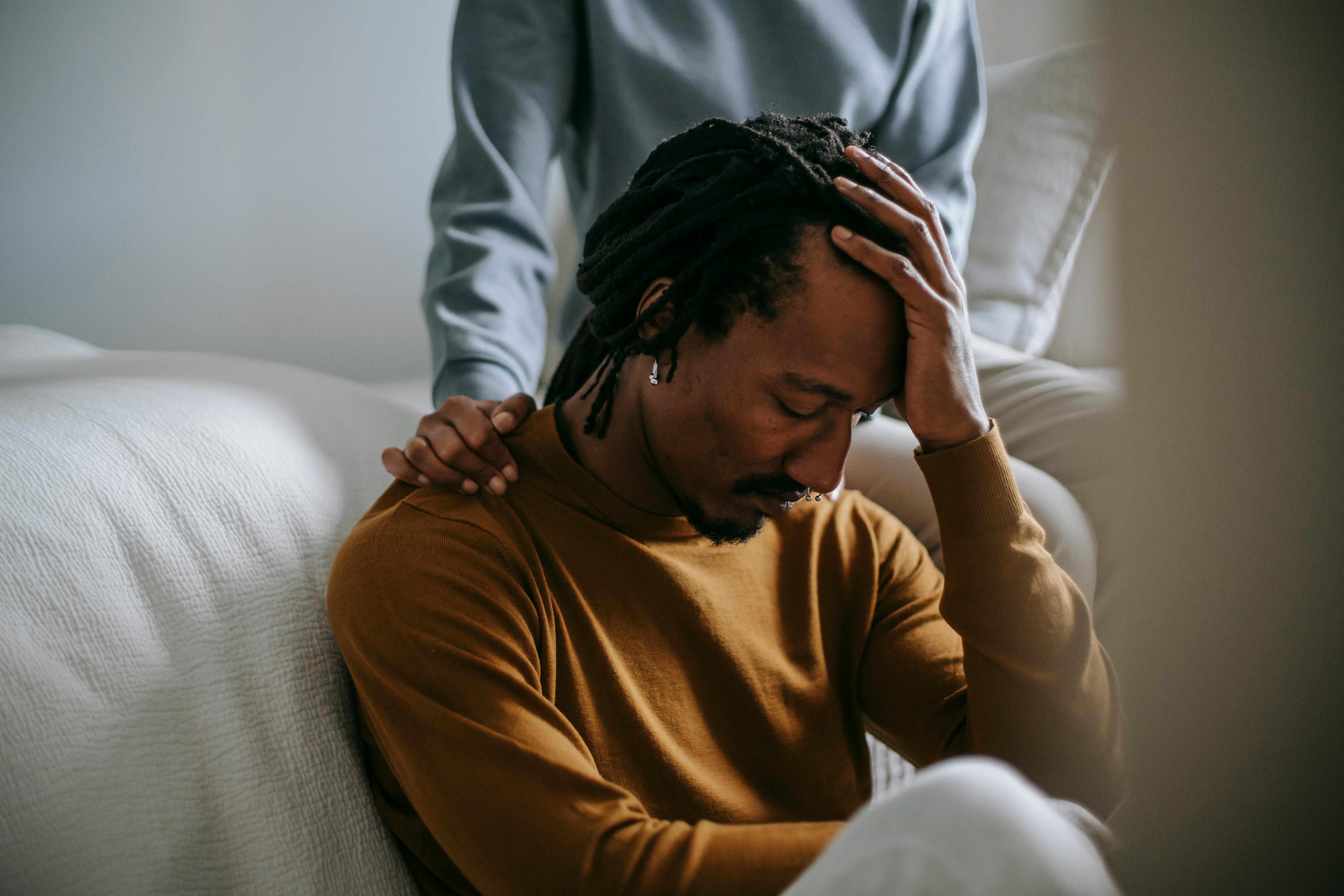
Grief is like no other feeling. Its pain can be all-consuming and leave us feeling alone and isolated. But grief is also a natural process, which helps us cope with the loss of a loved one.
What are the five stages of grief?
In her 1969 book, On Death and Dying, Dr. Elisabeth Kübler-Ross classified the feelings that commonly arise when faced with death into five distinct stages:
- denial
- anger
- bargaining
- depression
- acceptance
Although Kübler-Ross originally proposed these stages to explain the experience of the terminally ill, her five stages are now widely accepted as a model for understanding the experience of any significant loss.
The five stages of grief
People rarely experience the five stages of grief in order. On hearing about the passing of someone close, one person might first experience denial, while another may first feel anger. People frequently travel back and forth between the stages before they are able to come to terms with their loss.
Here’s an overview of the five stages of grief:
Denial: Many people experience some level of denial immediately after hearing about a death, especially if the death was sudden or unexpected. In denial, people are unable to accept that the loss has occurred. This might be the brain’s way of coping with the sudden pain of loss, allowing people time to adjust to the idea of death without being overwhelmed. Feeling numb or disconnected from their emotions is also common, especially as people begin to process the news.
Anger: The death of someone we care about puts people in a state of extreme emotional vulnerability, and this can lead to feelings of frustration and helplessness. This can manifest in anger; people might feel angry with themselves, the situation that caused the death, and even the person who died. They might express this anger through outbursts, blaming others, or saying and doing things they don’t actually mean.
Bargaining: When we experience a loss, it’s sometimes hard to accept that there’s nothing we can do to change things. People might find themselves going over past events and wondering if they could have changed the outcome if they had done something different. Feelings of guilt, regret, and helplessness frequently arise. A common response is to try to bargain with a higher power or the universe, hoping that if you act in a particular way, the person you lost will be returned to you, or your pain will be alleviated.
Depression: As the reality of a death begins to sink in, people may feel overcome by sadness and be unable to imagine a future without the person who passed. They might be unable to experience positive emotions or take pleasure in activities they once enjoyed. Depression can also manifest in physical ways, such as difficulty concentrating, loss of appetite, and insomnia. It’s easy to feel alone and that no one understands when dealing with depression as a result of the loss of a loved one.
Acceptance: Acceptance is when people come to terms with the reality that their loved one is gone. They may still feel pain but no longer need the emotional survival tactics of denial, anger, and bargaining. In acceptance, people are starting to adjust to life following their loss and are able to move forward. Coming to a place of acceptance doesn’t mean that they don’t care anymore or that they’ve forgotten the person who died, but rather that they’re no longer struggling against the reality of death.
How long does grief last?
How long grief lasts varies widely from person to person and within our own experiences of grief. It’s common to feel like you’ll never escape grief. Some people find that their grief fades over time, while others may continue to grieve for the rest of their lives. Grief may never completely go away, but most people find it becomes manageable over time.
Grief is a natural process and there’s no “correct” way or length of time to grieve. However, if you’re struggling to cope with grief, or if it has been interfering with your daily life for a prolonged length of time, don’t be afraid to seek professional help. There are many resources available to support you, including counseling, support groups, and online resources.